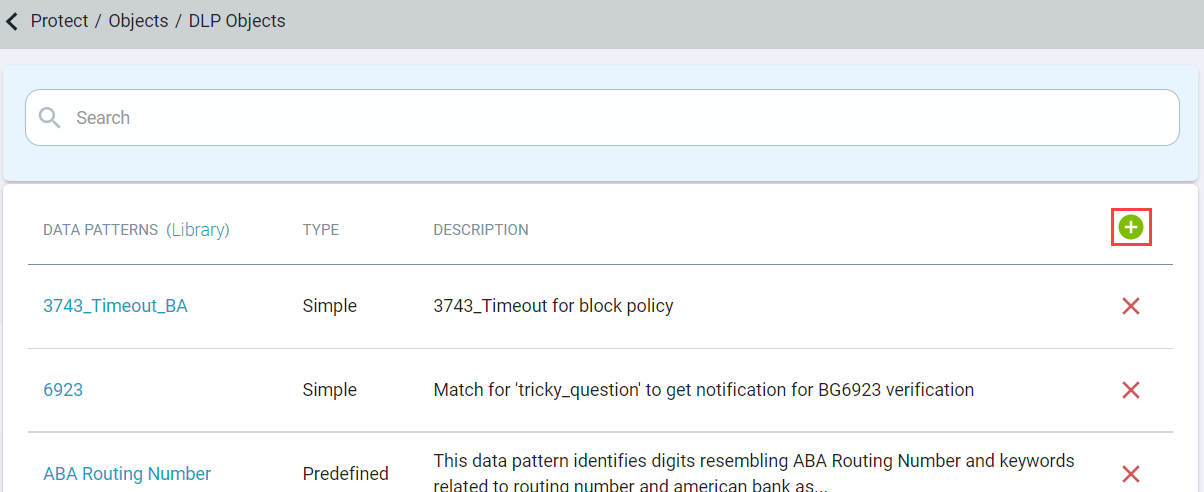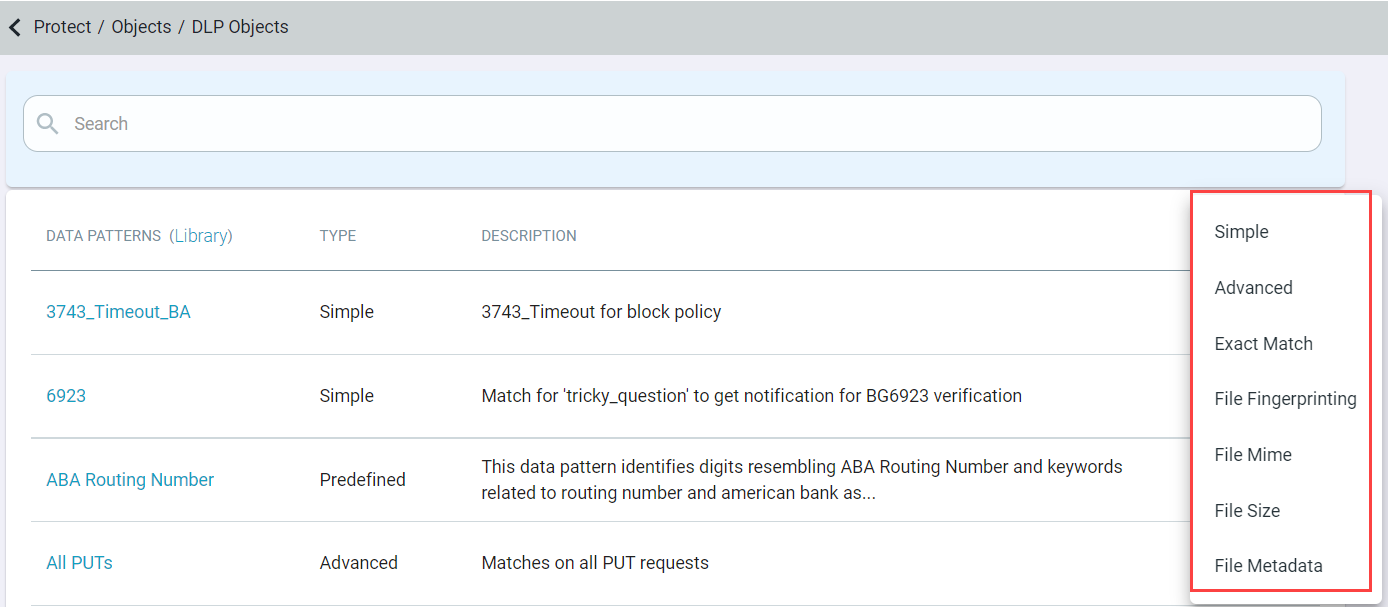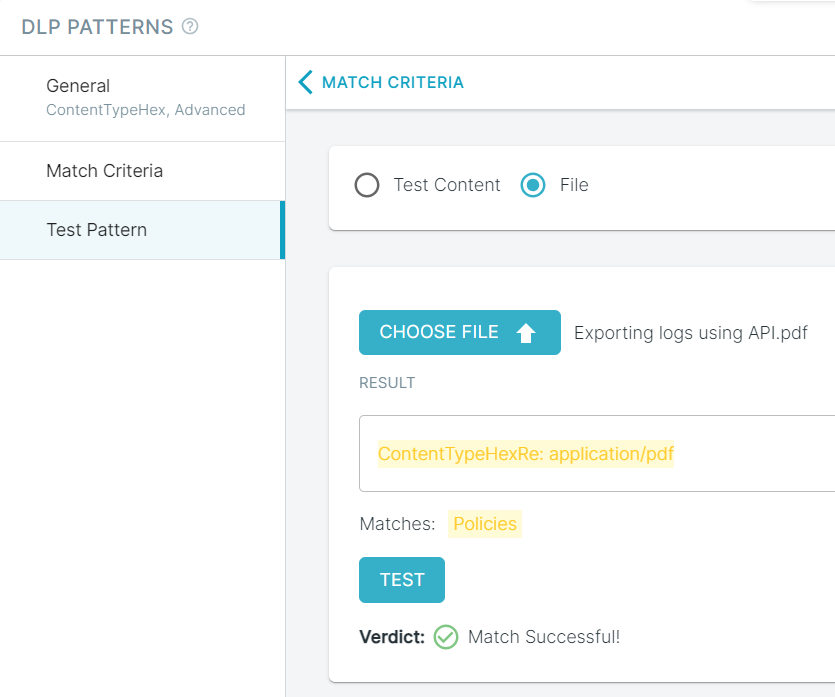Use the ContentTypeHexRe("<hexlified regex string>") in advanced pattern to match if the content type (mime type) of the file matches to the specified regex. The
ContentTypeHexRe("<hexlified regex string>") accepts a hex encoded form of regular expression for mime types.
Follow the steps below to create an Advanced DLP pattern using the ContentTypeHexRe function with the hexlified value of file mime type. The advanced data pattern can be used to
configure a secure access policy for the application using inline DLP.
Steps
-
Find the Mime Type of a File:
- Use the online tool to find the file mime type.
- Use the Linux file command to check file mime type.
For example, the below command shows that the file example.pdf is of mime type
application/pdf.
[root@xxxx]# file --mime-type example.pdf
example.pdf: application/pdf
-
Find the Hexlify Value of the File Mime Type:
Using the mime type obtained in the previous step, you can now use the python online tool to get its hexlified value.
The following code is an example of how to get the hexlify value using the online python interpreter for application/pdf mime type:
import binascii
print(binascii.hexlify(b'application/pdf'))
Output returned = 6170706c69636174696f6e2f706466
You can replace application/pdf or "^application/" with the file mime type required to get the hexlified value.
The ContentTypeHexRe function and its value can be used in an Advanced Data Pattern to match against a particular mime-type as below:
Prototype: ContentTypeHexRe(<hex encoded regex pattern>)
Replace <hex encoded regex pattern> with regex pattern encoded as a hexadecimal string.
Example: ContentTypeHexRe("696d6167652f74657874")
The above function would return mime-types matching application/pdf.
-
Navigate to .
-
Click the green plus icon and select Advanced to create the data pattern.
-
Enter a name that is recognizable at the top. You can also provide a description for what the pattern is doing.
-
On the Match Criteria tab, enter the hexlify value for your mime type in Expression in
ContentTypeHexRe("xxxxxxxxxxxxxxx") format and save it.
-
Testing the pattern with a pdf file shows the example.pdf file successfully matched the DLP pattern.




